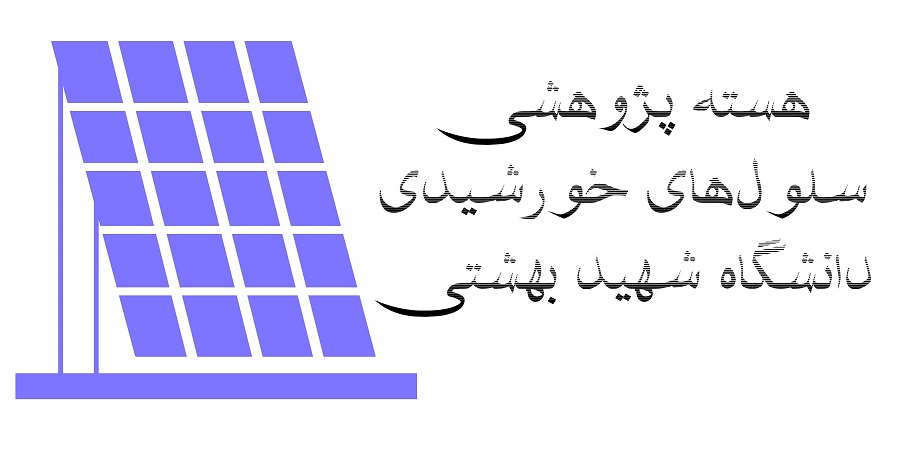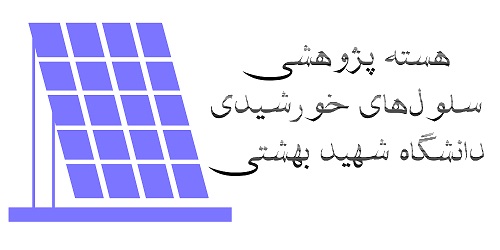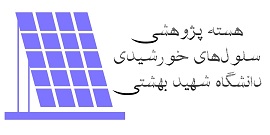Pooya Tahay, Meysam Babapour, Ali Alavi, Zahra Parsa, Nasser Safari*
In order to provide a comprehensive investigation of nanoparticles size in relation with different dye types in DSSCs, three sizes of nanoparticles and two different dye types including a porphyrin dye (T2) and a ruthenium dye (N3) were synthesized. Steady state current–voltage (J–V) characteristics were investigated for fabricated DSSCs and the result demonstrated that optimum nanoparticles size changed with dye types. The obtained J–V data were interpreted by cyclic voltammetry, UV-visible absorption spectroscopy, BET measurement, DFT calculation, IPCE measurement and impedance spectroscopy. The results for the N3 dye show that the surface area of the nanoparticles is a key factor for the N3 cells which are restricted by pore diameter and surface state traps. In contrast, density of localized states of film under LUMO state of the porphyrin dyes is the dominating factor for performance of the solar cells, which are restricted by surface area of the nanoparticles. These obtained results represent a significant advance in the development of the porphyrin, ruthenium and even solid electrolyte DSSCs.

Link: http://pubs.rsc.org/-/content/articlelanding/2017/cp/c7cp01159h/unauth#!divAbstract




